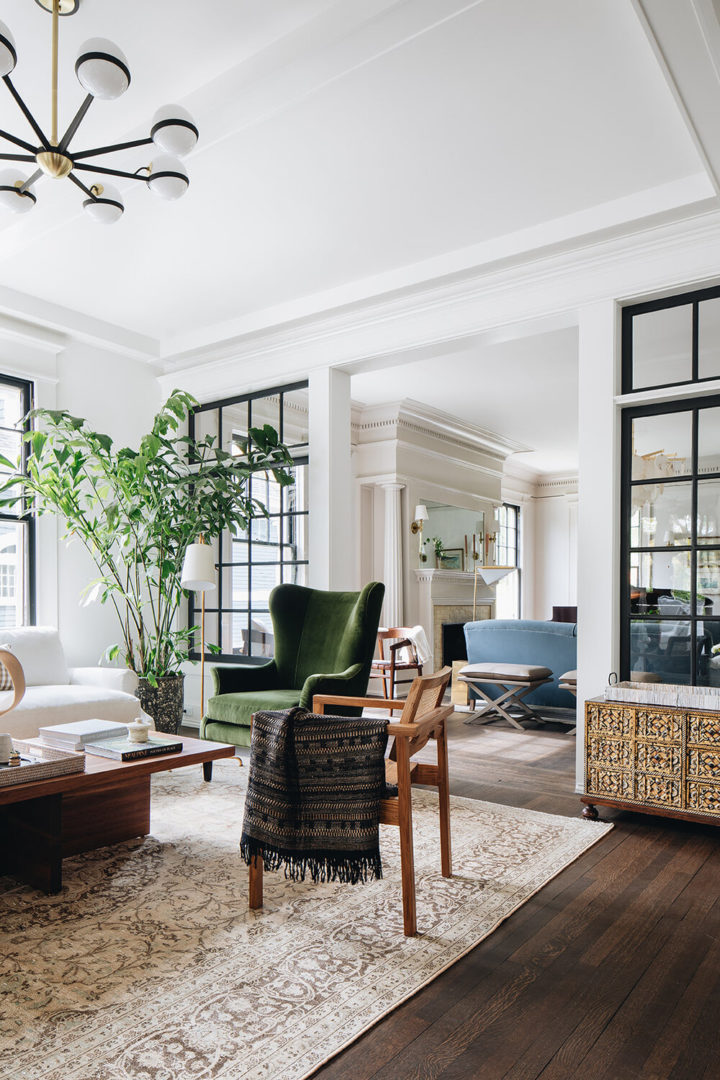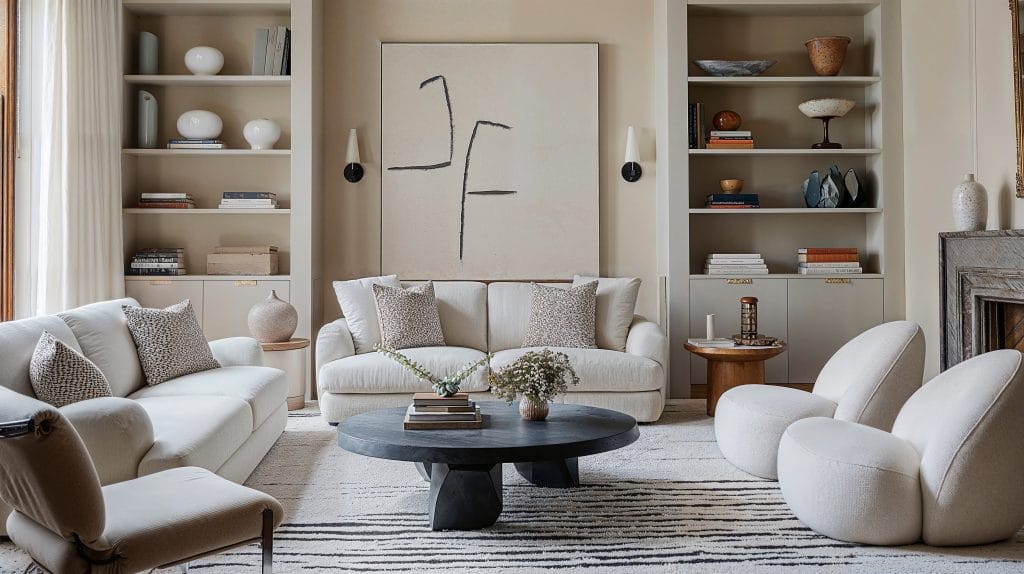Achieve a stunning look with miami interior design that reflects elegance and functionality.
Achieve a stunning look with miami interior design that reflects elegance and functionality.
Blog Article
Transform Your Home With Essential Principles of Inside Layout and Aesthetic Appeals
By recognizing the effect of shade theory and the value of structure and patterns, one can create rooms that are not only aesthetically enticing however additionally deeply personal. Attaining this equilibrium involves more than plain design; it includes a calculated plan and a keen understanding of exactly how each aspect connects within a space.
Recognizing Shade Theory
Recognizing the principles of shade theory permits developers to produce areas that reverberate psychologically with occupants while fulfilling useful requirements. Each category plays a vital duty in developing harmony within a room.
The psychological impact of shades is extensive; warm tones such as reds and oranges stimulate energy and heat, while cool tones like blues and eco-friendlies promote calmness and tranquility. Additionally, making use of complementary shades enhances aesthetic rate of interest, producing striking contrasts that can raise an area's allure.
Neutral shades, on the other hand, serve as a versatile background, allowing other style elements to radiate. It is necessary to consider factors such as illumination and the room's function when selecting a color scheme, as these can modify the perception of colors throughout the day.
Inevitably, a well-considered color design can change an area, fostering a sense of convenience and design that aligns with the inhabitants' preferences. Mastery of shade theory is, therefore, a crucial ability for any kind of interior designer aiming to produce unified and inviting settings.
Accomplishing Equilibrium in Style
Just how can designers achieve a sense of equilibrium in their spaces? Achieving equilibrium in layout is fundamental to developing unified insides. Designers can use three primary kinds of balance: balanced, asymmetrical, and radial. Symmetrical equilibrium includes setting up elements uniformly around a main point, cultivating a feeling of order and serenity. This kind often features pairs of furnishings or artwork, enhancing visual stability.
Unbalanced balance, on the various other hand, counts on varying components that still achieve a natural appearance. This approach permits even more vibrant and casual plans, supplying interest while preserving balance. By carefully selecting varying dimensions, colors, and appearances, developers can produce a visually engaging area that feels well balanced yet energetic.
Radial equilibrium stresses a main prime focus with components emitting exterior. This style is generally seen in circular layouts, where furniture and decoration produce a cohesive surround that draws the eye internal.
Inevitably, attaining balance calls for thoughtful factor to consider of scale, percentage, and the relationships between components. interior design firms. By masterfully using these equilibrium principles, designers can transform spaces right into atmospheres that really feel both cosmetically pleasing and functionally unified, improving the total experience for owners
Relevance of Spatial Recognition

An eager sense of spatial awareness enables developers to determine focal factors within a room, directing the viewer's focus to vital attributes while maintaining a total feeling of unity. It also assists in the critical placement of lights, which can considerably affect the perception of room and state of mind. Recognizing spatial connections makes it possible for the developer to provide to the specific requirements of citizens, making sure that each area offers its desired purpose without jeopardizing looks.
Ultimately, spatial recognition is important for maximizing the capacity of any kind of indoor space. By very carefully taking into consideration the interplay between measurements, layout, and function, developers can create settings that not just meet functional requirements but additionally evoke a feeling of comfort and beauty, enhancing the general living experience.
Integrating Structure and Patterns
Embracing a varied variety of textures and patterns can significantly enhance the visual and responsive allure of an indoor space. The calculated usage of various products-- such as wood, metal, fabric, and rock-- develops deepness and passion, making a space feel much more inviting and vibrant. For circumstances, incorporating smooth surfaces with harsh structures can check this site out establish a balance that draws the eye and engages the senses.
When including patterns, think about both range and rep. Huge patterns can serve as prime focus, while smaller, subtle styles can match various other elements without frustrating the area. Layering patterns, such as pairing floral cushions with candy striped throws, adds intricacy and a feeling of harmony if performed attentively.
It is additionally essential to maintain a cohesive color scheme, making certain that structures and patterns collaborate rather than compete for interest. By choosing a few essential textures and patterns, you can develop a merged aesthetic that mirrors your personal design while boosting the total atmosphere of the area. Eventually, the careful consolidation of these components can change an ordinary room into an advanced atmosphere rich with character and heat.
Personalizing Your Room
Producing a room that mirrors your character is essential to achieving a genuinely welcoming environment. Personalization in interior style permits you to infuse your special style and interests into your home, transforming it from a simple shelter into a haven that speaks with that you are. Begin this link by selecting a shade scheme that resonates with your feelings-- vibrant tones can energize, while soft tones provide peace.
Integrate artwork and style that learn the facts here now reflect your enthusiasms, whether it be travel, nature, or abstract concepts. Showing personal collections, such as books, photos, or mementos, can evoke treasured memories and create centerpieces within a space. In addition, take into consideration personalizing useful items, like upholstered furnishings, to align with your visual choices.

Conclusion
To conclude, the makeover of a home through the crucial concepts of interior style and aesthetics demands a comprehensive understanding of color concept, equilibrium, spatial awareness, appearance, and personalization. Each aspect contributes significantly to producing a harmonious and useful living atmosphere - Architecture Firm. By attentively integrating these principles, people can enhance the visual charm and emotional resonance of their areas, inevitably promoting a home that reflects one-of-a-kind identifications while offering comfort and usefulness
Report this page